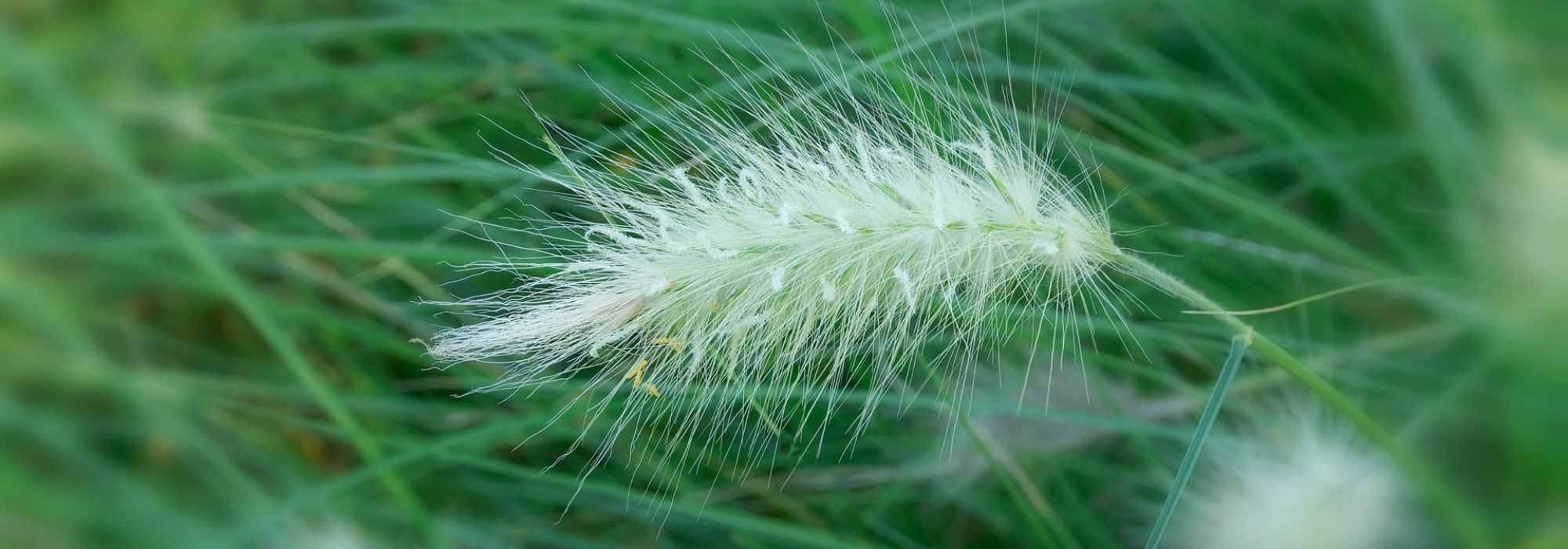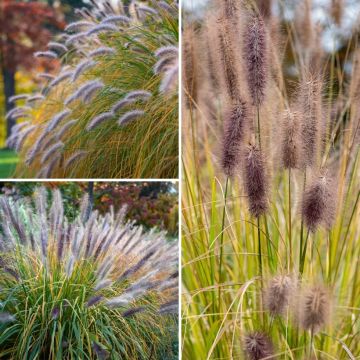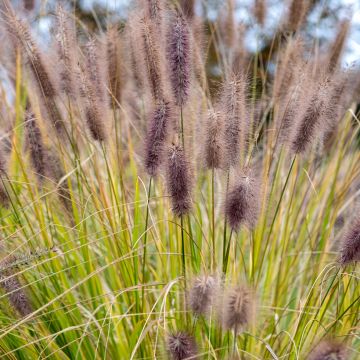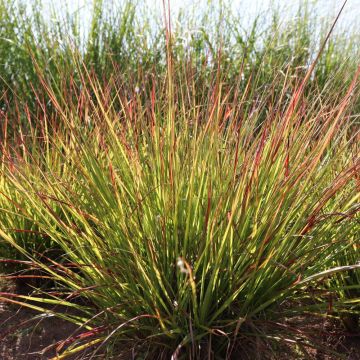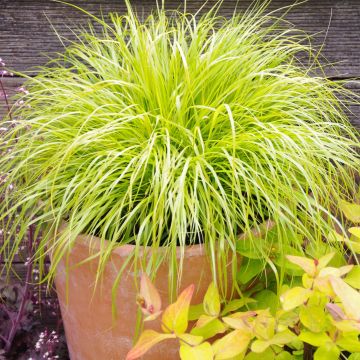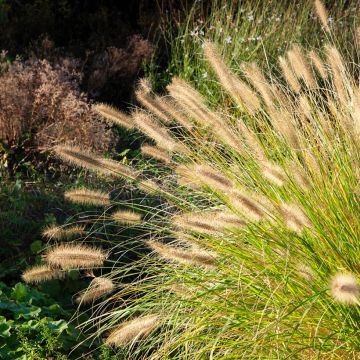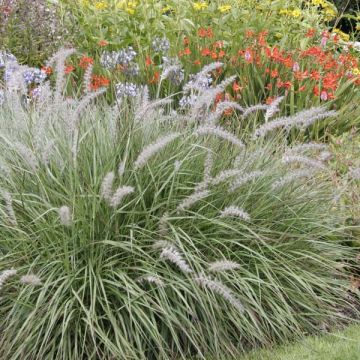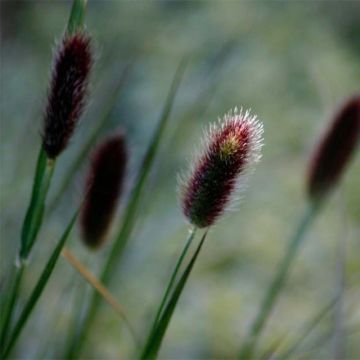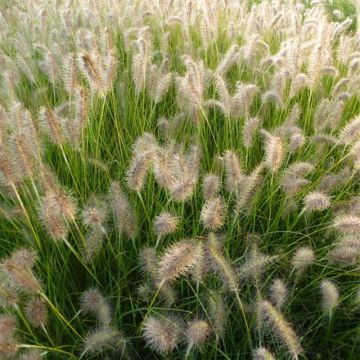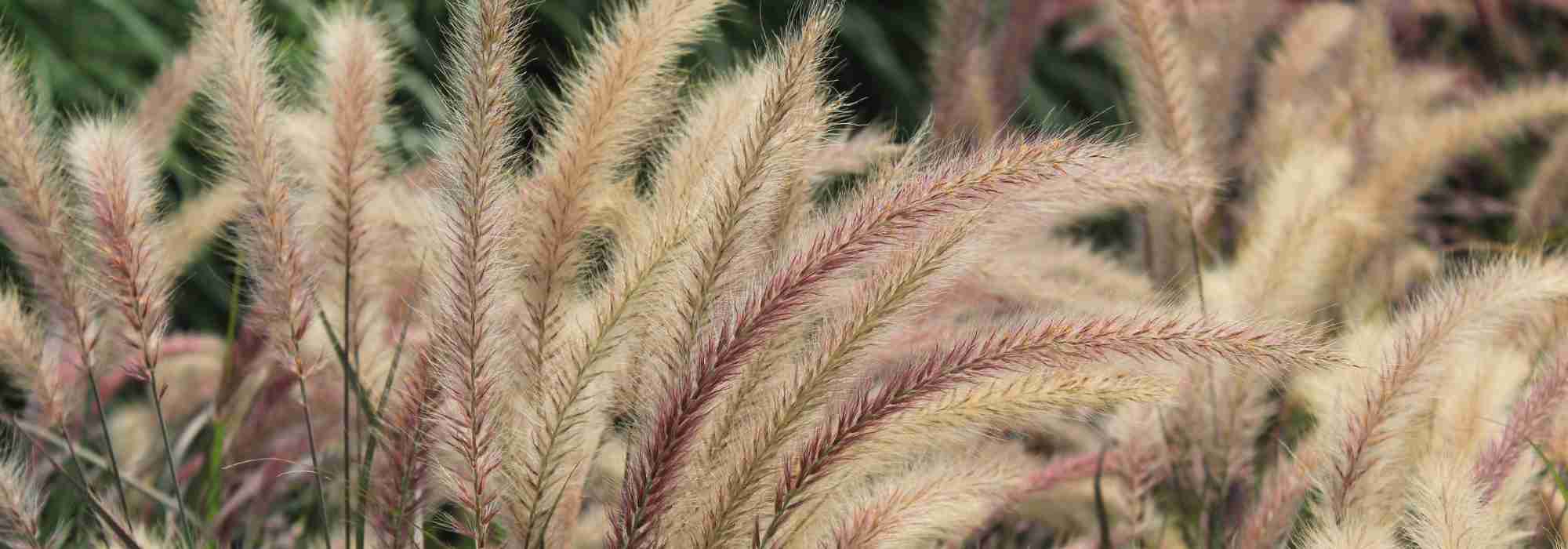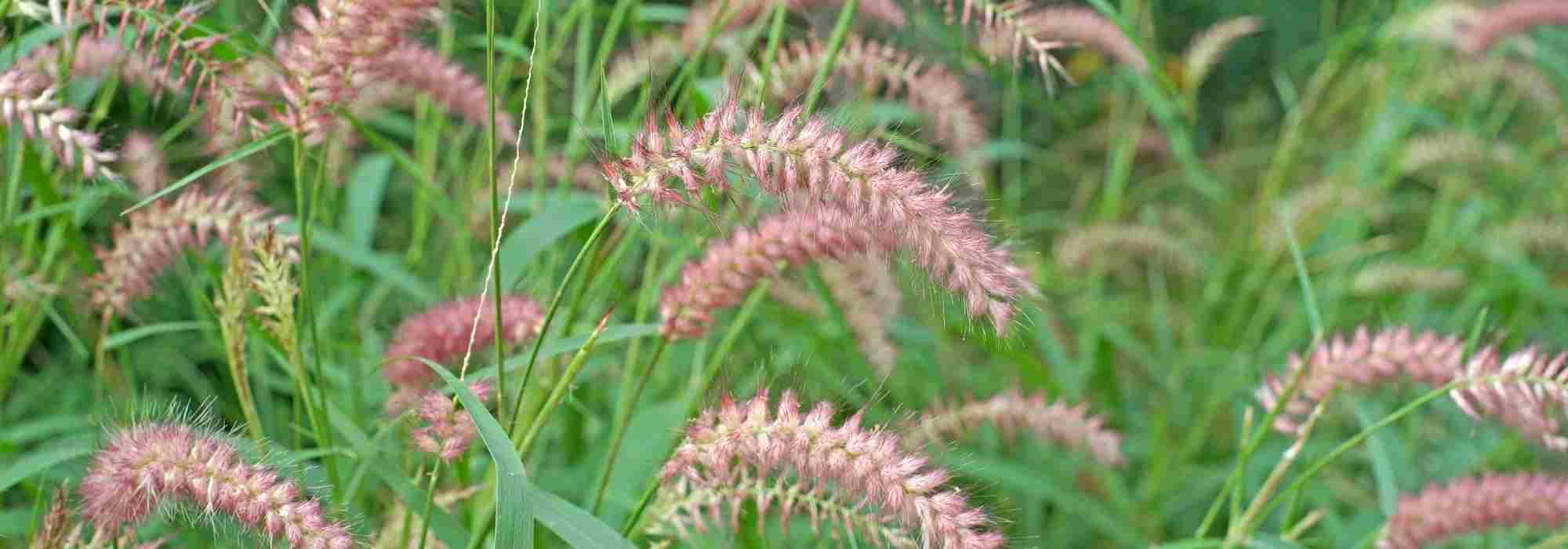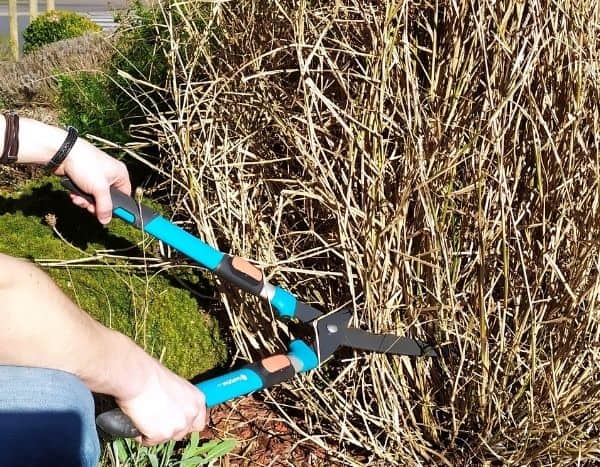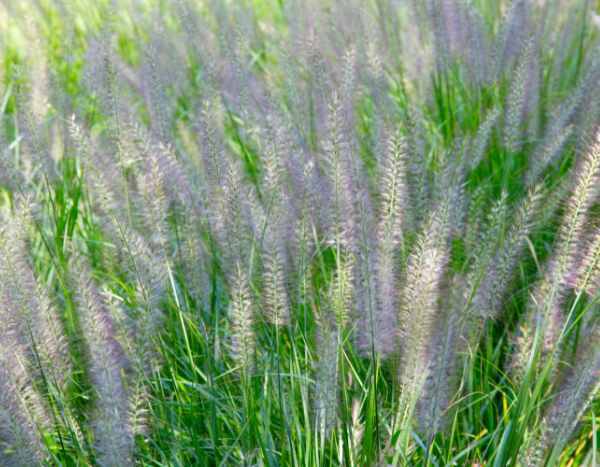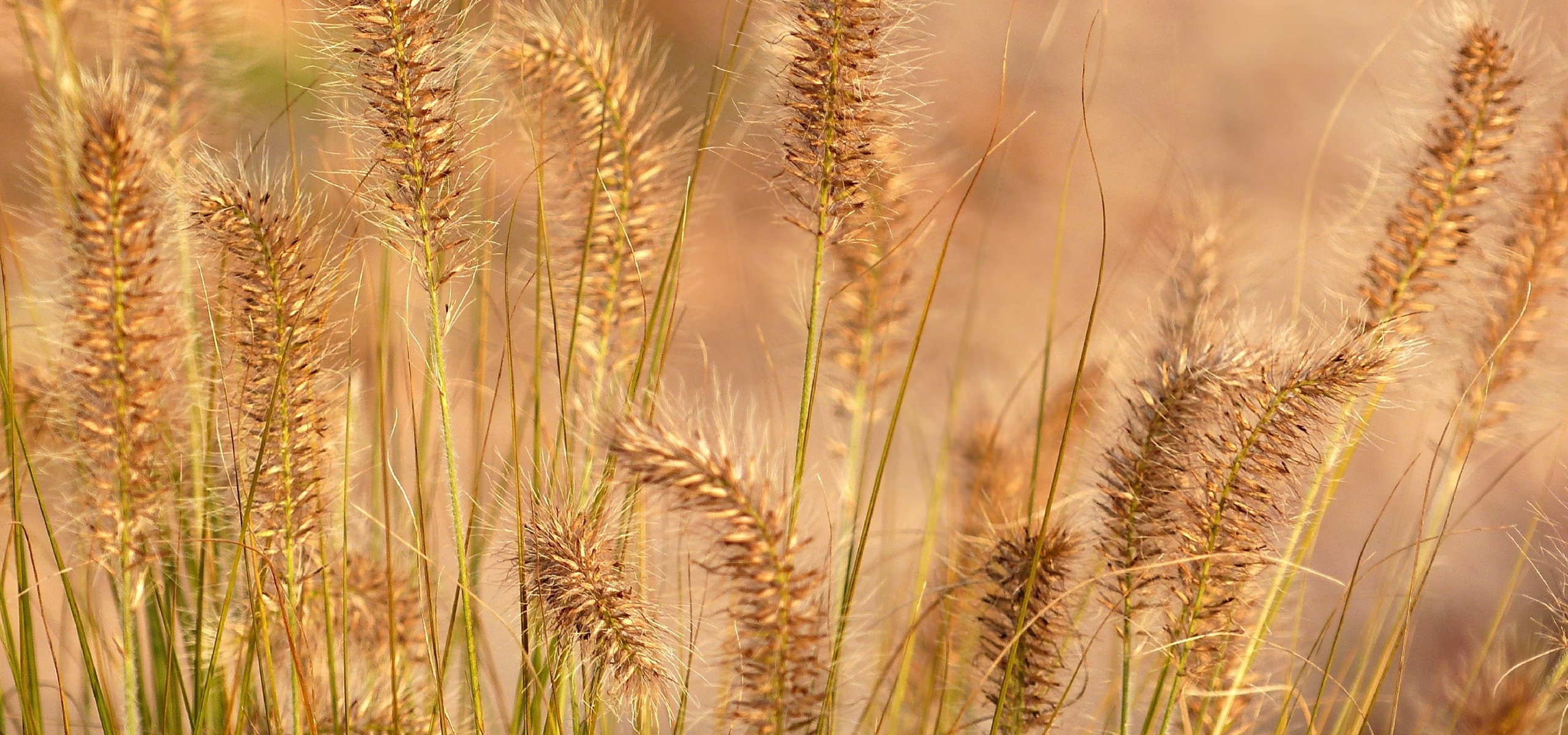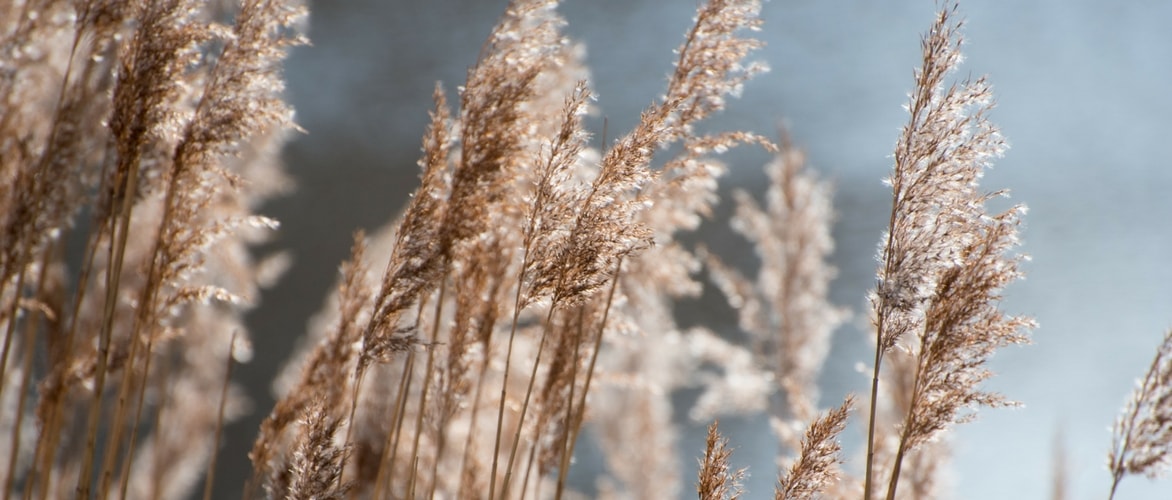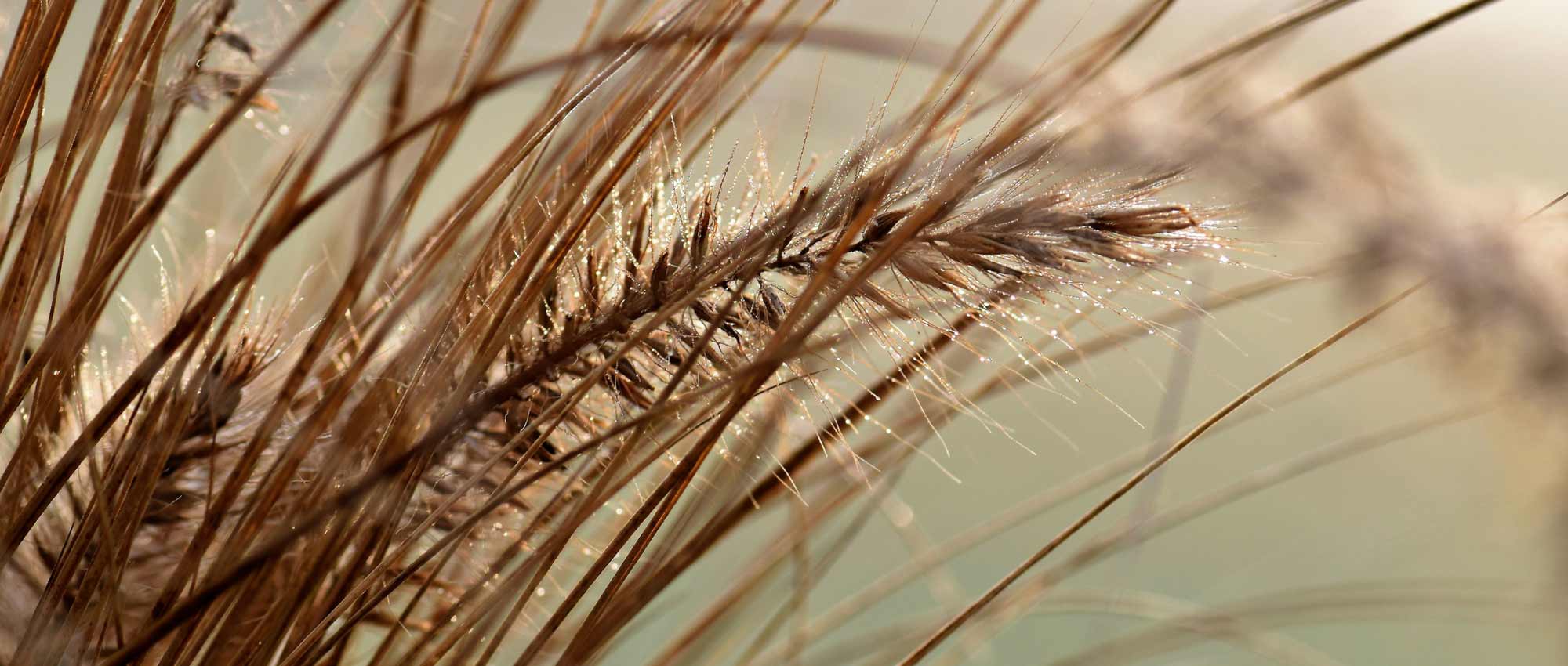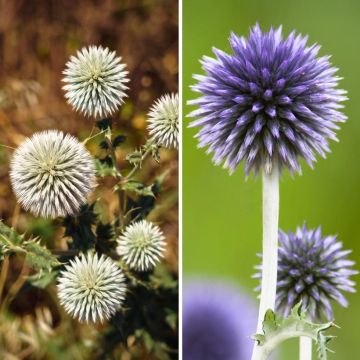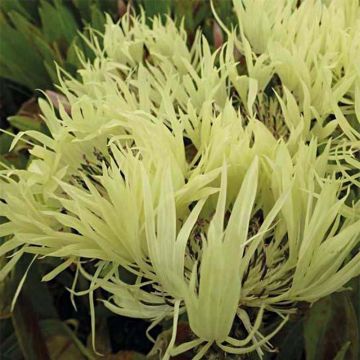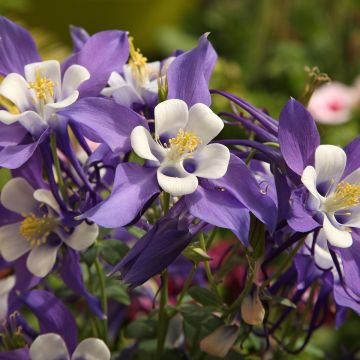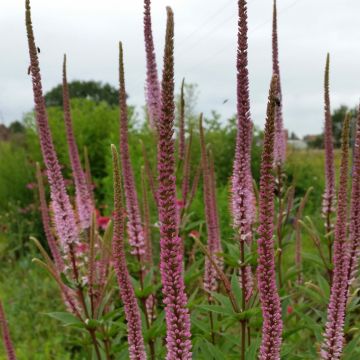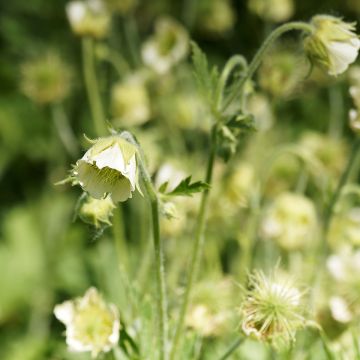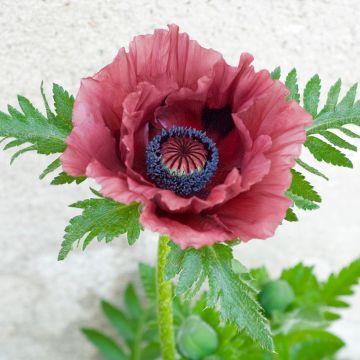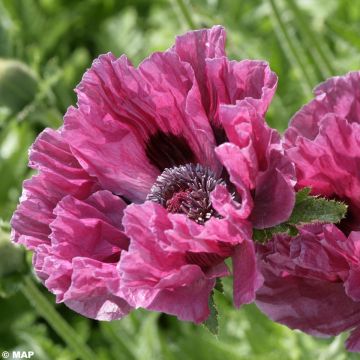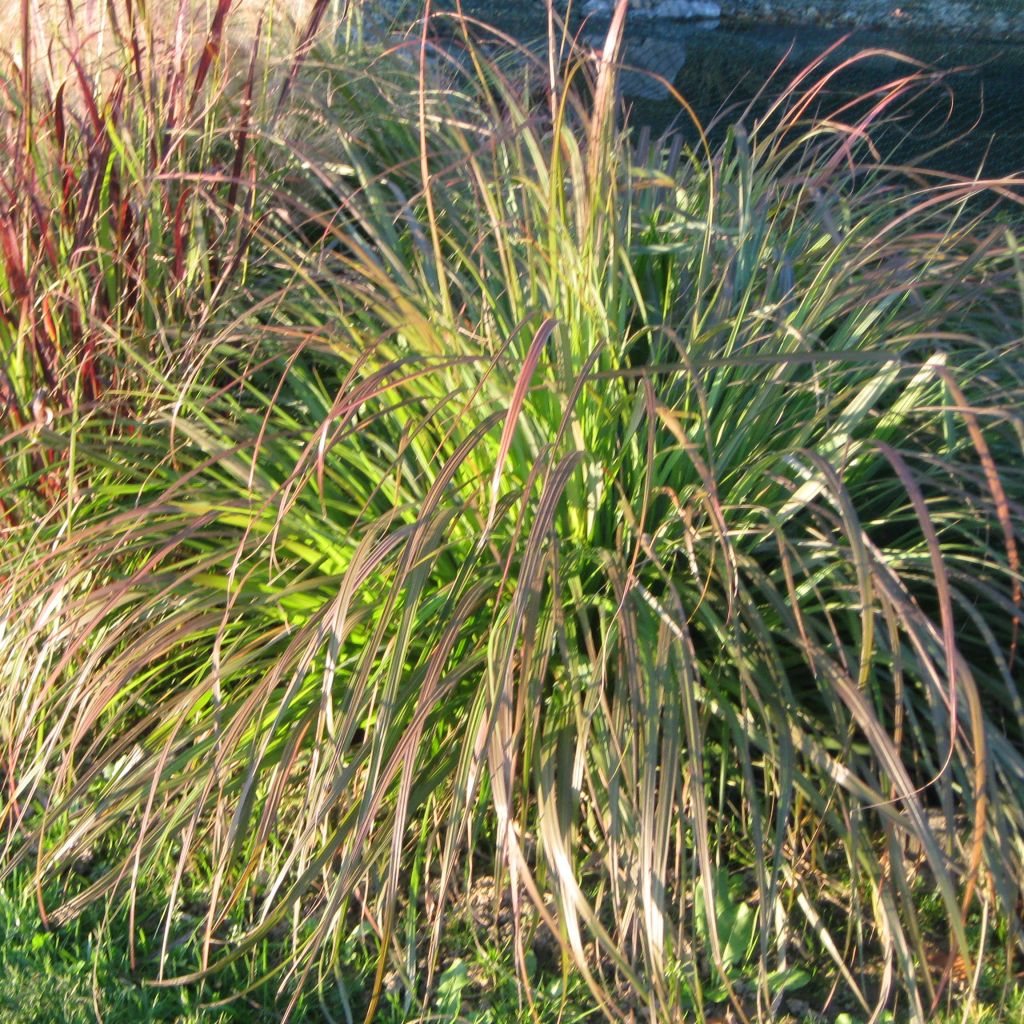

Pennisetum alopecuroïdes National Arboretum - Chinese Fountain Grass
View more pictures
Hide images
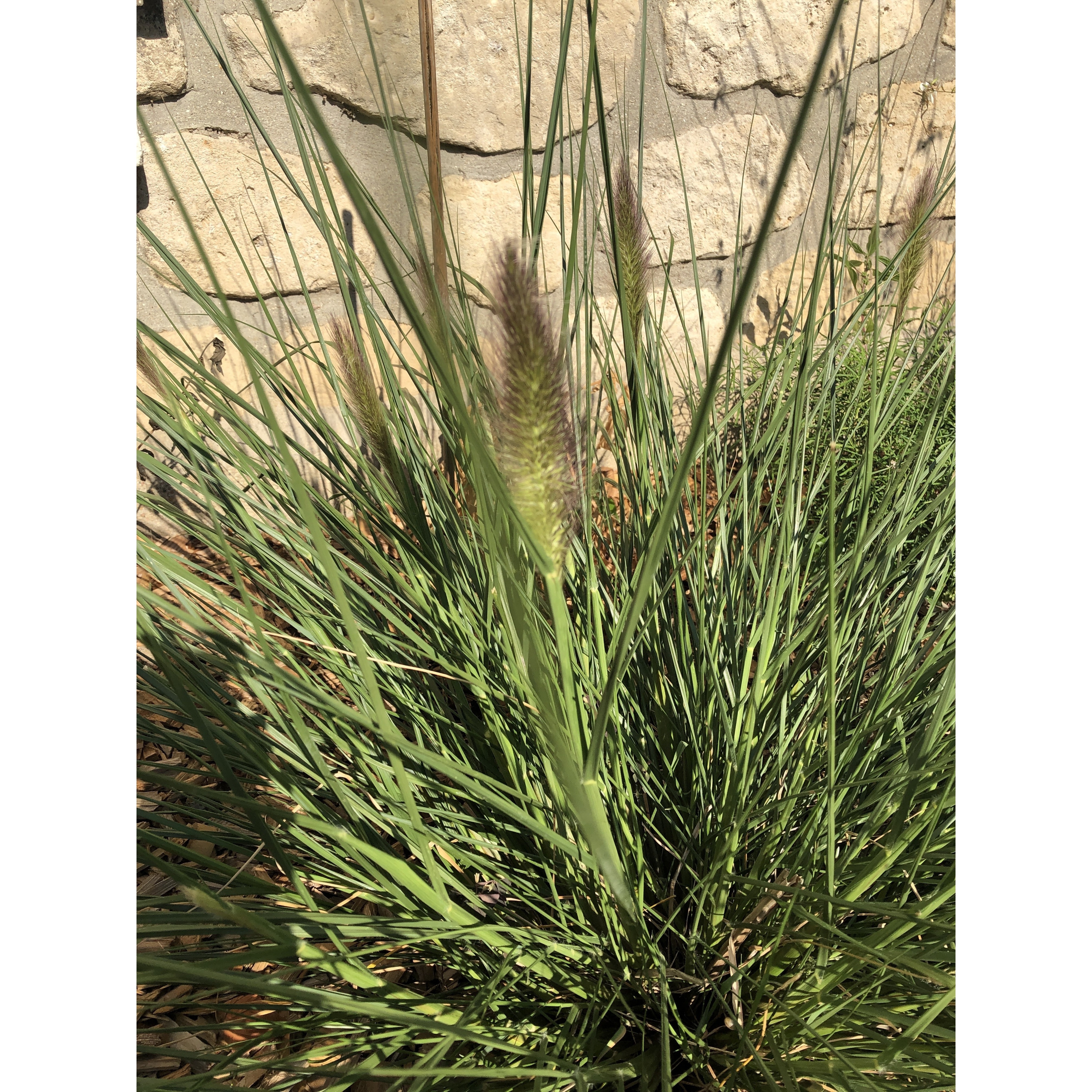
Aurélie J.

Overall
Aurélie J. • 94 FR
Pennisetum alopecuroïdes National Arboretum - Chinese Fountain Grass
Pennisetum alopecuroïdes National Arboretum
Fountain Grass, Chinese Fountain Grass, Foxtail Fountain Grass, Swamp Foxtail Grass
This grass is superb, it has established itself very well and it started flowering this week, finally the tillers have started to appear.
Aurélie, 26/08/2019
Special offer!
Receive a €20 voucher for any order over €90 (excluding delivery costs, credit notes, and plastic-free options)!
1- Add your favorite plants to your cart.
2- Once you have reached €90, confirm your order (you can even choose the delivery date!).
3- As soon as your order is shipped, you will receive an email containing your voucher code, valid for 3 months (90 days).
Your voucher is unique and can only be used once, for any order with a minimum value of €20, excluding delivery costs.
Can be combined with other current offers, non-divisible and non-refundable.
Home or relay delivery (depending on size and destination)
Schedule delivery date,
and select date in basket
This plant carries a 12 months recovery warranty
More information
We guarantee the quality of our plants for a full growing cycle, and will replace at our expense any plant that fails to recover under normal climatic and planting conditions.
Would this plant suit my garden?
Set up your Plantfit profile →
Description
The Pennisetum alopecuroides 'National Arboretum', also known as Fountain Grass, is a late-flowering perennial grass that is generously abundant. The vigorous plant forms a beautiful fountain of dark green, shiny, and flexible leaves. Its inflorescences have a characteristic shape and are similar to particularly thick and dark silky foxtails, initially purple-violet and maturing to a more pinkish hue. They appear in late summer, in large numbers, well above and around a mass of foliage that turns golden yellow at the end of the season. Easy to grow and not demanding, it is a drought-resistant variety once well-established and is magnificent as ground cover.
Pennisetum alopecuroides is a grass that grows in Northeast Asia and Australia. It's part of the Poaceae family. The National Arboretum Fountain Grass, from which it originates, has leaves and spikes that cascade beautifully. It grows up to 60 cm (24in) tall and wide. The leaves at the base are flat and wider than those of other grass species. They have a shiny dark green colour that looks beautiful. In late summer, flowering culms appear, bearing flower heads from September to October-November. The flower heads consist of silky spikelets gathered in thick, arching foxtails. They're 10 to 15 cm (4 to 6in) long and change colour from violet-purple to black in summer to beige-pink in October. The leaves turn bright yellow in the autumn. The plant looks pretty all through winter as frost covers its beige foliage.
This type of grass is delicate and complements other plants with a stiffer structure, such as dahlias, red hot pokers, or Russian sages. It can add grace to any landscape and is perfect for planting in large numbers to cover sloping ground or border pathways. Pennisetum alopecuroides are great for adding movement to flower beds. It can be placed strategically between the stones of a rock garden or above a wall for added effect. These grasses look their best in low light and can highlight all perspectives, even in small gardens. When used in a flower meadow or pathway, you can feel the silky texture of their foxtails. Pennisetum also has a dense root system that helps prevent erosion.
Pennisetum alopecuroïdes National Arboretum - Chinese Fountain Grass in pictures
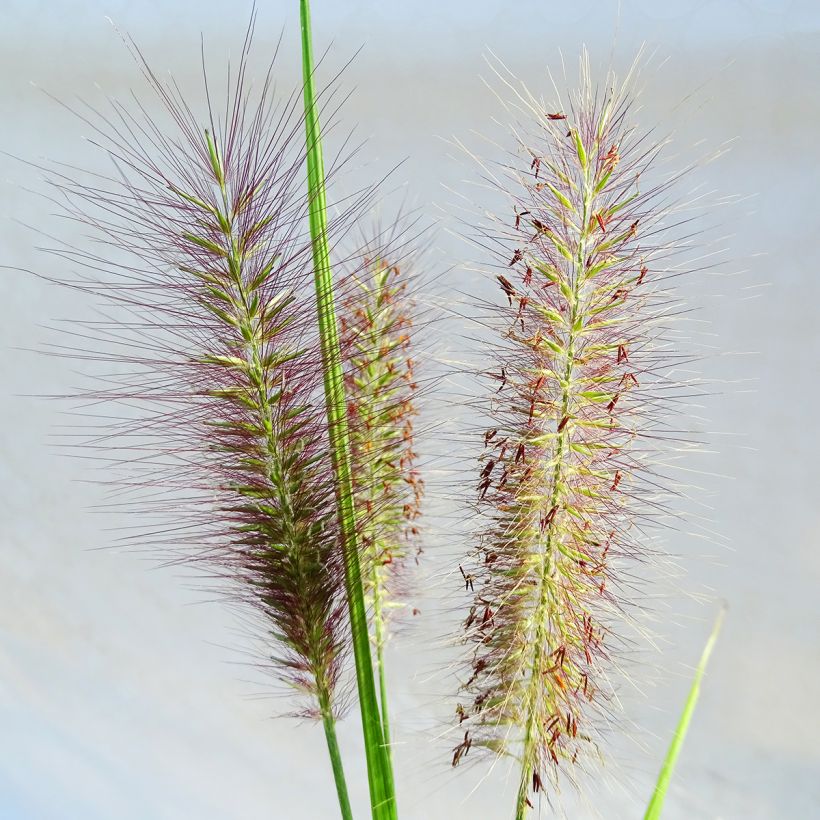

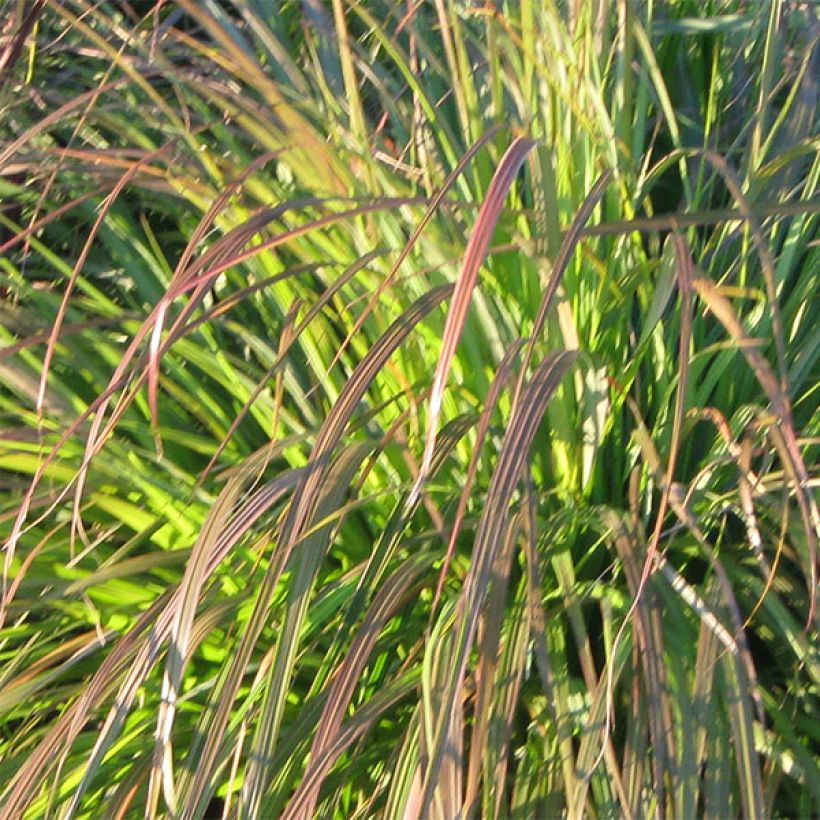

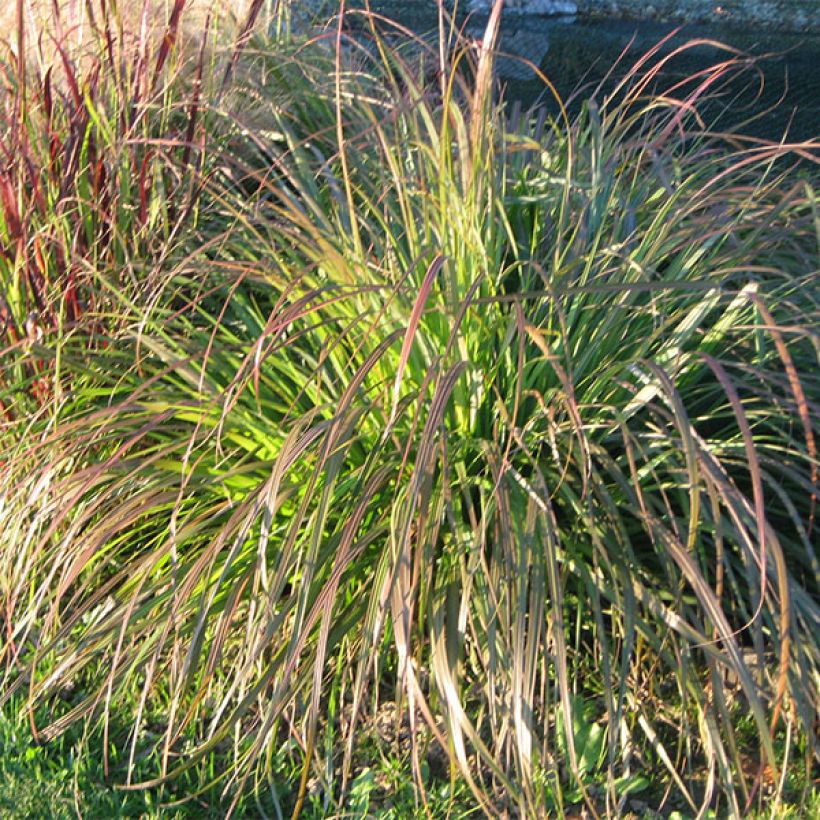

Flowering
Foliage
Plant habit
Botanical data
Pennisetum
alopecuroïdes
National Arboretum
Poaceae
Fountain Grass, Chinese Fountain Grass, Foxtail Fountain Grass, Swamp Foxtail Grass
Cultivar or hybrid
Other Pennisetum
View all →Planting and care
To plant Pennisetum alopecuroides 'National Arboretum', dig a hole that's 20 cm (8 inches) wide, deep and high. Choose a sunny spot with light and well-draining soil that's slightly acidic, neutral or alkaline. If your soil is heavy, mix in some coarse sand, gravel and compost. After filling the hole halfway, take the plant out of the pot and place it in the hole so that the top of the root ball is covered with 3 cm (1 inch) of soil. Press the soil down firmly and water generously to remove any air pockets. If the weather is dry, water the plant regularly for the first few weeks to help it establish. Ornamental grasses stay attractive all year round and form new foliage in spring. We recommend pruning them back to 10 cm (4 inches) in late January or early February for a clean-up and to make space for new foliage.
Planting period
Intended location
Care
Planting & care advice
-
, onOrder confirmed
Reply from on Promesse de fleurs
Similar products
Haven't found what you were looking for?
Hardiness is the lowest winter temperature a plant can endure without suffering serious damage or even dying. However, hardiness is affected by location (a sheltered area, such as a patio), protection (winter cover) and soil type (hardiness is improved by well-drained soil).

Photo Sharing Terms & Conditions
In order to encourage gardeners to interact and share their experiences, Promesse de fleurs offers various media enabling content to be uploaded onto its Site - in particular via the ‘Photo sharing’ module.
The User agrees to refrain from:
- Posting any content that is illegal, prejudicial, insulting, racist, inciteful to hatred, revisionist, contrary to public decency, that infringes on privacy or on the privacy rights of third parties, in particular the publicity rights of persons and goods, intellectual property rights, or the right to privacy.
- Submitting content on behalf of a third party;
- Impersonate the identity of a third party and/or publish any personal information about a third party;
In general, the User undertakes to refrain from any unethical behaviour.
All Content (in particular text, comments, files, images, photos, videos, creative works, etc.), which may be subject to property or intellectual property rights, image or other private rights, shall remain the property of the User, subject to the limited rights granted by the terms of the licence granted by Promesse de fleurs as stated below. Users are at liberty to publish or not to publish such Content on the Site, notably via the ‘Photo Sharing’ facility, and accept that this Content shall be made public and freely accessible, notably on the Internet.
Users further acknowledge, undertake to have ,and guarantee that they hold all necessary rights and permissions to publish such material on the Site, in particular with regard to the legislation in force pertaining to any privacy, property, intellectual property, image, or contractual rights, or rights of any other nature. By publishing such Content on the Site, Users acknowledge accepting full liability as publishers of the Content within the meaning of the law, and grant Promesse de fleurs, free of charge, an inclusive, worldwide licence for the said Content for the entire duration of its publication, including all reproduction, representation, up/downloading, displaying, performing, transmission, and storage rights.
Users also grant permission for their name to be linked to the Content and accept that this link may not always be made available.
By engaging in posting material, Users consent to their Content becoming automatically accessible on the Internet, in particular on other sites and/or blogs and/or web pages of the Promesse de fleurs site, including in particular social pages and the Promesse de fleurs catalogue.
Users may secure the removal of entrusted content free of charge by issuing a simple request via our contact form.
The flowering period indicated on our website applies to countries and regions located in USDA zone 8 (France, the United Kingdom, Ireland, the Netherlands, etc.)
It will vary according to where you live:
- In zones 9 to 10 (Italy, Spain, Greece, etc.), flowering will occur about 2 to 4 weeks earlier.
- In zones 6 to 7 (Germany, Poland, Slovenia, and lower mountainous regions), flowering will be delayed by 2 to 3 weeks.
- In zone 5 (Central Europe, Scandinavia), blooming will be delayed by 3 to 5 weeks.
In temperate climates, pruning of spring-flowering shrubs (forsythia, spireas, etc.) should be done just after flowering.
Pruning of summer-flowering shrubs (Indian Lilac, Perovskia, etc.) can be done in winter or spring.
In cold regions as well as with frost-sensitive plants, avoid pruning too early when severe frosts may still occur.
The planting period indicated on our website applies to countries and regions located in USDA zone 8 (France, United Kingdom, Ireland, Netherlands).
It will vary according to where you live:
- In Mediterranean zones (Marseille, Madrid, Milan, etc.), autumn and winter are the best planting periods.
- In continental zones (Strasbourg, Munich, Vienna, etc.), delay planting by 2 to 3 weeks in spring and bring it forward by 2 to 4 weeks in autumn.
- In mountainous regions (the Alps, Pyrenees, Carpathians, etc.), it is best to plant in late spring (May-June) or late summer (August-September).
The harvesting period indicated on our website applies to countries and regions in USDA zone 8 (France, England, Ireland, the Netherlands).
In colder areas (Scandinavia, Poland, Austria...) fruit and vegetable harvests are likely to be delayed by 3-4 weeks.
In warmer areas (Italy, Spain, Greece, etc.), harvesting will probably take place earlier, depending on weather conditions.
The sowing periods indicated on our website apply to countries and regions within USDA Zone 8 (France, UK, Ireland, Netherlands).
In colder areas (Scandinavia, Poland, Austria...), delay any outdoor sowing by 3-4 weeks, or sow under glass.
In warmer climes (Italy, Spain, Greece, etc.), bring outdoor sowing forward by a few weeks.






























